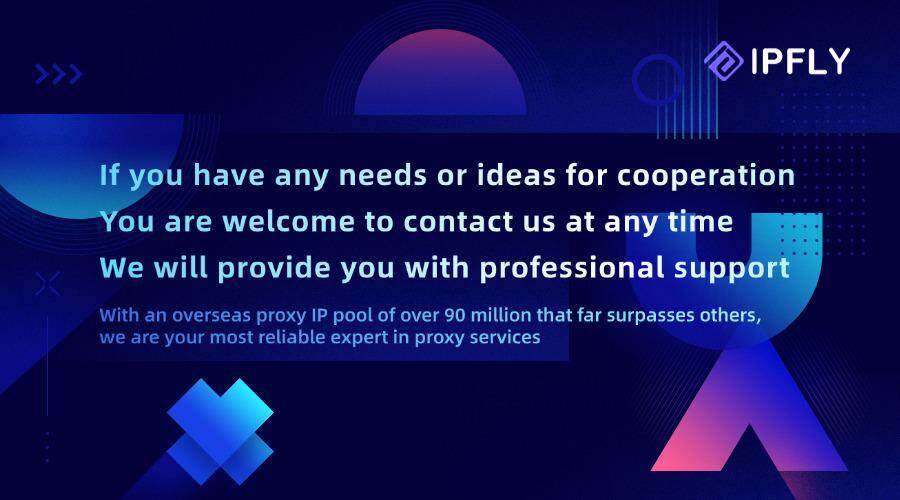For most of us, a web browser is our digital home. We pick one, customize it with bookmarks and extensions, and use it for every single online task, from managing sensitive work projects to casual social media scrolling. But what if we told you that relying on a single browser is like using only a hammer for every job in a complex workshop?
Strategically using multiple browsers is a hallmark of a digital power user. It’s a simple change that can fundamentally upgrade your productivity, fortify your privacy, and streamline your entire online life. This guide will break down the top five strategic reasons why you should consider adding more than one browser to your daily workflow.

1: Compartmentalize Your Digital Life (Work vs. Personal)
The Strategy: Dedicate one browser exclusively for your professional life and another for your personal life.
In a world of remote work and digital side-hustles, the line between our personal and professional lives can become incredibly blurred. Using a single browser for everything means your work bookmarks are mixed with your vacation planning, your professional account logins coexist with your social media, and your search histories become a jumble of project research and late-night curiosity.
By assigning one browser for “Work Mode” and another for “Personal Mode,” you create a powerful digital separation.
Work Browser: Logged into your company email, project management tools, and professional social networks. Bookmarks are all work-related. No personal distractions.
Personal Browser: Logged into your personal email, social media, and shopping sites. Bookmarks are for hobbies and entertainment. No work notifications.
This separation enhances focus, prevents accidental crossover between accounts, and creates a healthier work-life balance.
2: Fortify Your Privacy and Security
The Strategy: Use a mainstream browser for general, low-stakes browsing and a dedicated, privacy-focused browser for sensitive activities.
Not all browsing sessions are created equal. Checking the weather is very different from researching a sensitive medical condition or managing your financial portfolio. While you can use “Incognito” or “Private” mode, a dedicated privacy browser takes this to the next level.
You can configure a secondary browser with the highest possible security settings: aggressive ad and tracker blocking, disabled scripts by default, and a policy to delete all history and cookies upon closing. This creates a digital “clean room”—a sterile environment for your most private online activities, keeping them completely isolated from your main browser’s data profile.
3: Essential for Web Development and Testing
The Strategy: For web developers, designers, and QA testers, using multiple browsers isn’t a choice; it’s a professional necessity.
The web is not a single, monolithic entity. Different browsers are built on different “rendering engines” (the core technology that interprets code and draws a webpage on your screen). The way a website looks and functions on Chrome’s engine (Blink) can be subtly or dramatically different from how it appears on Firefox’s (Gecko) or Safari’s (WebKit).
Professionals must test their websites and applications across all major browsers to ensure a consistent, functional, and bug-free experience for every potential user, regardless of how they choose to access the web.
4: Manage Multiple Online Identities Seamlessly
The Strategy: Use different browsers to stay logged into multiple accounts on the same platform simultaneously.
Have you ever needed to be logged into two different Google accounts at once? Or manage a personal and a brand account on X (formerly Twitter) without constantly logging in and out? Each web browser maintains its own separate “cookie jar.” This means you can be logged into Account A on one browser and Account B on a second browser at the same time, with both sessions active and independent.
This browser-level separation is excellent for managing different account sessions. However, it’s important to understand that all these browsers still share one critical identifier: your public IP address. For professionals who need to manage not just different accounts but also different digital locations or IP identities, a more advanced tool is required. A professional proxy network like IPFLY, for example, allows you to assign a unique residential IP address to different tasks or profiles. This technology provides control over your network-level identity, a crucial component for market research, ad verification, and other professional applications where your perceived location is key.
Whether you’re looking for reliable proxy services or want to master the latest proxy operation strategies, IPFLY has you covered! Hurry to visit IPFLY.net and join the IPFLY Telegram community—with first-hand information and professional support, let proxies become a boost for your business, not a problem!

5: Optimize for Performance and Specific Features
The Strategy: Choose the right browser for the right task based on its unique strengths and features.
Browsers are not one-size-fits-all. Some are famously lightweight and use very little RAM, making them the perfect choice for older computers or for running resource-intensive applications. Others are packed with unique, built-in features that might be perfect for a specific workflow, such as:
Advanced tab organization and grouping.
A built-in VPN or ad-blocker.
A dedicated “reader mode” for distraction-free articles.
Specialized developer tools.
By having multiple browsers, you can always choose the most efficient and feature-rich tool for the specific job at hand.
Building Your Browser Toolkit
A web browser is a tool, and a smart professional always has more than one tool in their kit. By moving beyond the single-browser mindset, you can create a more organized, secure, and productive digital environment. Experiment by downloading a secondary browser for just one of the purposes above—whether it’s for work, privacy, or a specific project—and unlock a more powerful way of navigating the web.


